What was once a world dominated by big and loud naturally aspirated engines is now rapidly moving towards EVs, engine downsizing, hybrids, and even hydrogen-powered engines actively challenging the status quo.
Gone are the days when driving performance was solely measured by engine size grunt —today, turbocharging, supercharging, direct injection, and advanced electronics allow tiny engines to deliver power figures once reserved for much larger multi-cylinder car powerplants.
For example, a 2.0-liter four-cylinder can now outperform the V8s of just a decade ago while sipping little fuel in comparison to larger ones.
Be that as it may, is this downsizing trend all good news? Let’s break down the benefits, drawbacks, and long-term implications of shrinking engines, so stick around and find out!
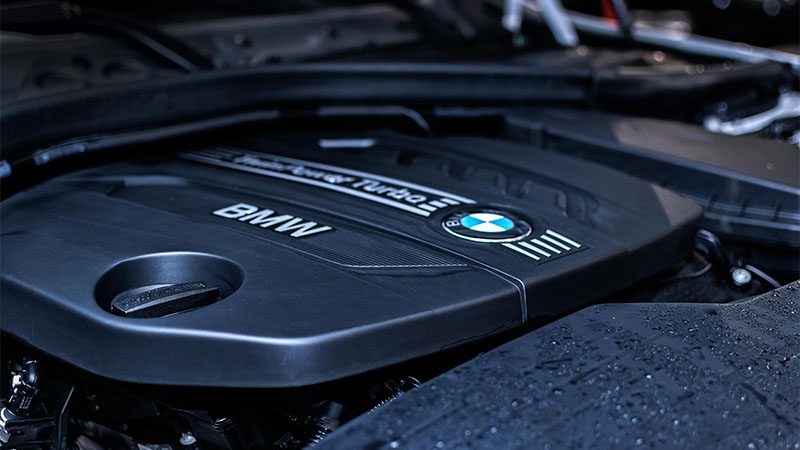
Engine Downsizing Explained
The process of engine downsizing refers to the reduction of engine capacity/displacement and/or the number of cylinders an engine works with.
This is achieved largely through turbocharging, direct injection, and advanced materials, allowing for reduced fuel consumption and lower emissions. By optimizing thermal efficiency, smaller engines reach optimum temperatures much faster, all while cutting energy waste and improving overall fuel economy.
This shift towards smaller engines is driven largely by regulatory pressures and the need to comply with strict policies. The world is finally waking up to the problem of climate change and making engines smaller, more efficient, and not as emissions-heavy is one step towards a more sustainable future.
Even though there were many reliability concerns with going with a smaller capacity, modern advancements have mostly eradicated those concerns. Either way, many people still miss large engines for how they feel, sound, smell, and drive.
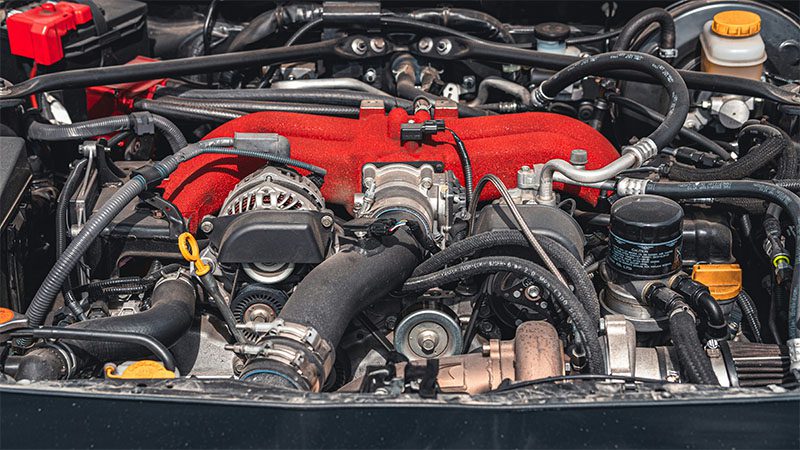
Why Are Car Manufacturers Downsizing Engines?
- Emissions Regulations and Environmental Pressures – As previously mentioned, governments all around the world have imposed strict regulatory frameworks to reduce emissions and make engines comply with the law of the environment.
- Fuel Economy Targets and Consumer Demand – Many consumers and governments also don’t care about engine size and simply want the advantages of a more fuel-efficient engine that will cost them less to buy and own.
- Budget Savings in Production and Materials – Making small displacement engines is also sometimes more cost-effective for automakers since these use fewer materials, are easier to handle, and are cheaper to ship.
- Offsetting Vehicle Weight – Modern cars are becoming extremely overweight and shedding a few hundred pounds by using a smaller engine is one way to offset such weight gains.
- Hybridization – As hybrid energy and electric cars become more common, tiny combustion engines complement these systems for better efficiency and an eventual transition toward complete electrification.
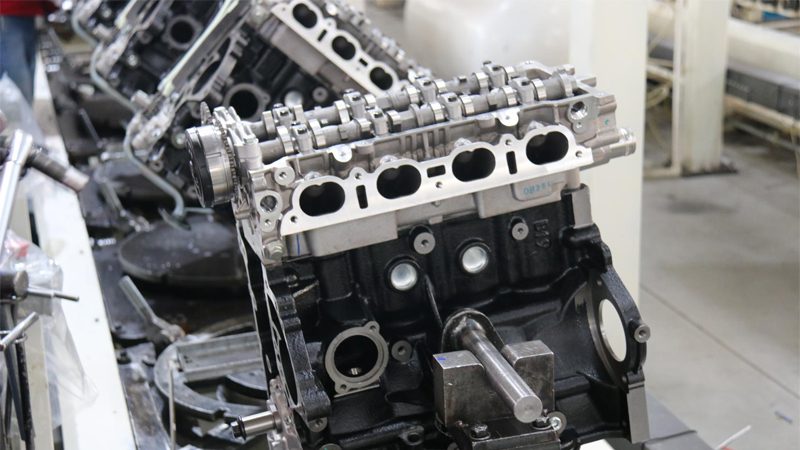
Benefits of Engine Downsizing
- Better Emissions
- Better Fuel Efficiency
- Potentially Lower Production Costs
- Lighter
- Better Performance per Cylinder
Making a model vehicle engine smaller helps meet tighter emission restrictions since smaller engines burn less fuel and thus produce less CO2 and other harmful byproducts of combustion. This means that a smaller volume of air and fuel enters the engine through the intake manifold and is more efficiently utilized thus leading to better fuel consumption.
Small displacement engines can also be cheaper to make and distribute, especially since many automakers these days use the same engine across multiple brands and categories. They will usually be cheaper to ship en masse and will use fewer materials to make.
This also means that smaller engines are lighter which helps with offsetting the sheer weight gain modern-day cars experience, especially within the hybrid factors category.
One of the biggest advantages of downsizing is the incredible power these engines can produce. For example, the current-generation Mercedes-AMG C63’s 2-liter four-cylinder engine makes 469 hp, while the original Dodge Viper’s 8.0-liter V10 produced 400 hp.
Despite having a fraction of the displacement, the AMG engine is far more efficient, significantly lighter, and emits fewer pollutants – all while delivering superior performance across the REV range.

Drawbacks of Engine Downsizing
- More Complex
- Potentially Less Durable
- Not Always More Efficient
- Not As Enjoyable
- Higher Maintenance Costs
However, not all is well and dandy in the world of downsizing since these engines are much more complex and thus can lead to decreased durability and reliability. Because they produce more power per cylinder they also endure increased stress per cylinder, and that can lead to failure.
In certain situations such as car vehicle highway driving, larger engines can benefit from cylinder deactivation which essentially also makes them smaller in size, but they can still utilize all of the benefits of more cylinders when best suited to do so. In turn, this can lead to better fuel efficiency for cruising.
A vast majority of car enthusiasts prefer larger engines, or simpler engines since these sound better, offer a more linear power band with a higher acceleration RPM range of torque, and have more overall character and mechanical goodliness.
Lastly, smaller engines can often require a more technical approach from an automaker which also eats into the overall maintenance bill since more complexity leads to more things potentially failing.
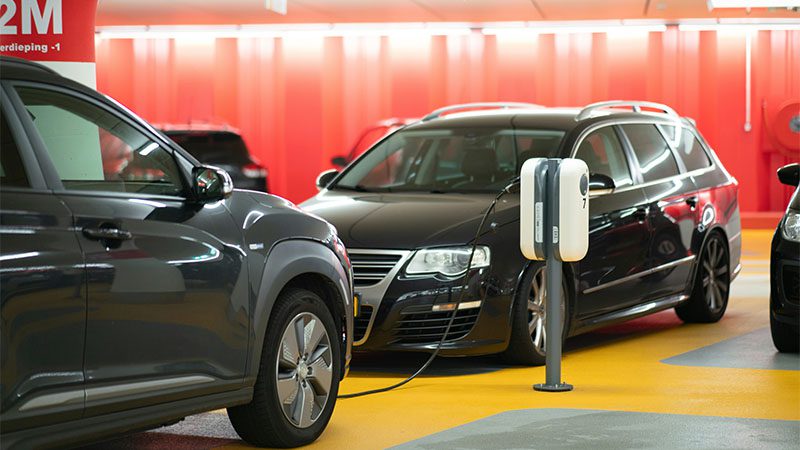
Industry Standards and Regulations Driving Engine Downsizing
Engine downsizing isn’t just about shrinking engines—it also signals a rapid response to increasingly stringent global emissions regulations and efficiency standards. Automakers must downsize their engines to keep their overall emissions footprint in check or risk facing fines.
Here are the most impactful ones:
| No. | Standard | Target Goals/Purpose | More Information |
|---|---|---|---|
| 1 | EPA Tier 3 - US | NOx + NMOG: 0.03 g/mile, PM: 0.003 g/mile, CO2 targets vary under CAFE (~40 mpg fleet avg by 2026) | www.epa.gov |
| 2 | WLTP (Global) | CO2 limit: ~95 g/km for passenger cars, dynamic real-world testing conditions | www.wltpfacts.eu |
| 3 | Euro 6d (Europe) | NOx: 80 mg/km (diesel), 60 mg/km (petrol), PM: 4.5 mg/km, CO2: Fleet avg 95 g/km | ec.europa.eu |
| 4 | Euro 7 (2025, Europe) | NOx expected: 30-40 mg/km, PM limits stricter, CO2 fleet avg <50 g/km | ec.europa.eu |
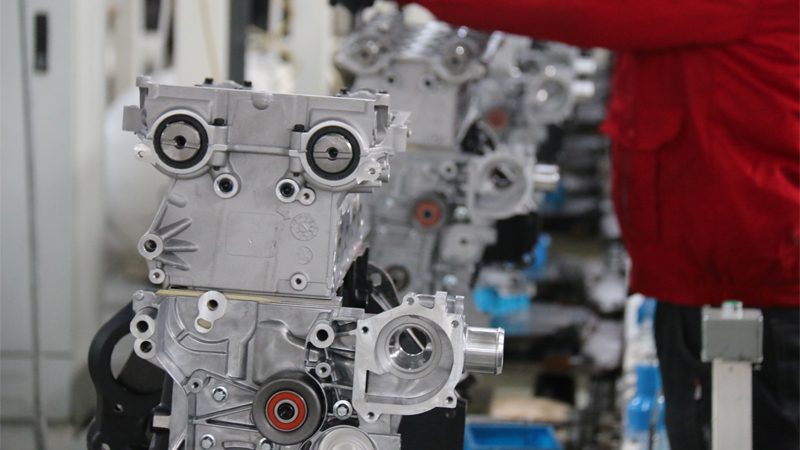
EPA Regulations (United States)
The Environmental Protection Agency (EPA) is a US government agency intended to enforce emissions and fuel economy rules under the Clean Air Act (CAA) and Corporate Average Fuel Economy (CAFE) standards.
The very latest EPA Tier 3 regulations require even lower NOx and particulate matter emissions, further pushing automakers to adopt smaller turbocharged engines for better compliance. On the brighter side, future EPA regulations also hope to make cleaner cars more affordable.
Worldwide Harmonized Light Vehicles Test Procedure (WLTP)
The WLTP is an internationally adapted fuel economy and emissions test procedure that replaced the old NEDC cycle. Unlike most, WLTP aims to provide real-world driving data that factors in different variables such as speeds, road conditions, and vehicle loads.
Partly thanks to WLTP, automakers now need to rely on downsized engines even more to perform well under WLTP testing as these are much more stringent compared to older tests.
Euro Emissions Standards (Europe)
Europe’s Euro emissions standards test is likely the toughest test for most automakers nowadays wanting to reach the EU market and is one of the biggest reasons why most of the European car industry now relies on downsized engines.
The current Euro 6d standard and the upcoming Euro 7 (2025) impose even stricter limits, making turbocharged small the only viable option before transitioning to complete electrification. Brands like VW, BMW, and Mercedes-Benz have widely adopted downsizing strategies to meet these regulations.
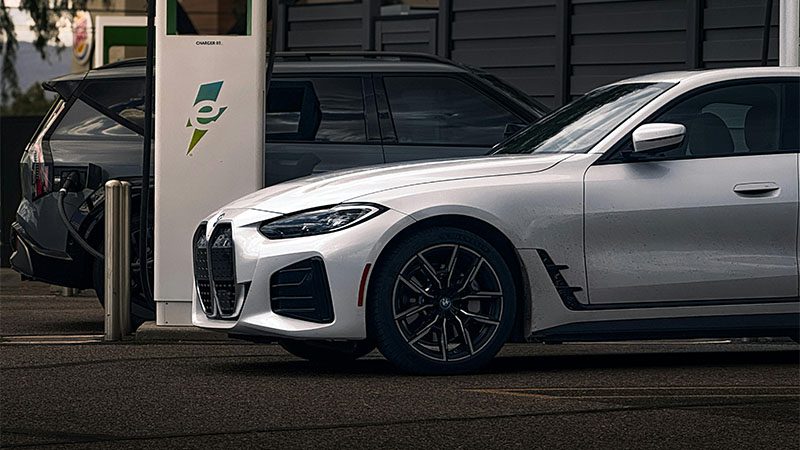
The Role of Turbocharged Engines
Turbocharging and supercharging are the two most common methods with which automakers downsize engines because these are able to squeeze every bit of power potential out of an engine. These are able to force more air into the engine which will help create more power, even if the engine is smaller.
However, increased air pressure and heat associated with turbochargers put substantial strain on engine components like pistons, valves, and bearings, requiring stronger materials and better overall cooling.
Turbocharger issues like turbo lag, oil starvation, and overheating can occur when turbochargers aren’t operating as dependably as they can. On the other hand, high-quality turbochargers and OEM parts, proper lubrication, and regular maintenance help extend turbo life and reliability.
Reliability and Maintenance Concerns
We already touched upon the fact that engines are becoming smaller and lighter while cars are becoming bigger and heavier. This increases the energy needed for sustained acceleration and maintain speed all while engines are shrinking.
The more power a vehicle automaker squeezes into an engine, the greater the stress it has to endure. This raises many questions about long-term reliability and longevity and whether such engines will ever be as durable as engines of the old.
Moreover, automakers and engineers can use well-designed components and high-end materials to help manage increased power, but there’s only so much that can be done before material fatigue sets in.
The inherent drawback of a smaller engine’s physical footprint can be minimized but not entirely eliminated, and that is something only time will tell once these engines reach a few decades old.
This means that modern-day engines require stricter maintenance schedules and are more vulnerable to failure if you don’t maintain them well enough. So, if you own small engine models with big power, it’s best to keep your maintenance records nearby.
Who Benefits from Engine Downsizing?
| No. | Who Benefits? | How? |
|---|---|---|
| 1 | Carmakers | Meets emissions regulations, reduces production expenses, improves overall efficiency, same engine blocks usually used across multiple models and categories |
| 2 | Consumers | Better fuel economy, lower emissions, reduced running costs, less engine weight |
| 3 | The Environment | Lower greenhouse gas emissions, reduced environmental impact, fewer metal waste |
| 4 | The Industry | Encourages innovation, and leads to advancements in turbocharging and hybrid technology |
| 5 | Fuel-Conscious Car Owners | Save on fuel and running costs, benefits from tax incentives |
Future Trends in Engine Downsizing
Engine downsizing has been the name of the game for a better part of almost two decades now, and there are new players in town wanting to completely revolutionize everything once again, these are called hybridization and electric vehicles which hope to be the next big thing in the automotive industry.
Hybrids typically build upon downsized engines and try to push even more power while electric vehicles completely abandon the internal combustion engine. Automakers are also trying very hard to utilize modern advancements in material choices and cooling systems to further counter downsizing drawbacks.
In the coming decade, we are likely going to witness an even greater decrease in engine size and more hybridization across the range. Three-cylinder smaller engines might become more common and paired with larger battery packages for a more even distribution between electricity and petrol performance.
There is however some pushback from many US and European automakers in recent years which do hope to retain the best bits of the internal combustion engine for as long as possible.
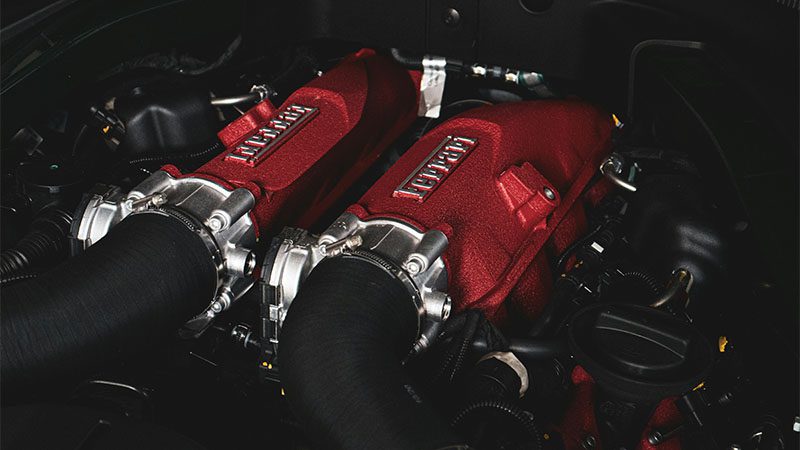
Will Big Engines Be Discontinued?
This question is looming in the minds of many car enthusiasts around the world because not everyone is equally as impressed with smaller displacement engines.
On the one hand, there are quite a few benefits to a small and feisty engine, but no amount of power and torque can replace the feels and smiles you experience once you operate a big, preferably naturally aspirated engine.
For example, even though the aforementioned Dodge Viper V10 engine is not as powerful as a drastically smaller C63 AMG engine, most enthusiasts would still prefer it. The new Mercedes C63 AMG isn’t fairing all that well in terms of sales even though it makes almost 200hp more than the previous generation.
All of this comes to one simple answer – smaller hybridized forced induction engines simply lack the emotion and character one can experience with a big V8, V10, or V12, and we hope they are not going anywhere.
Even though more power and less fuel consumption are indeed great things, enthusiast’s cars aren’t bought by reason, they are bought by heart.
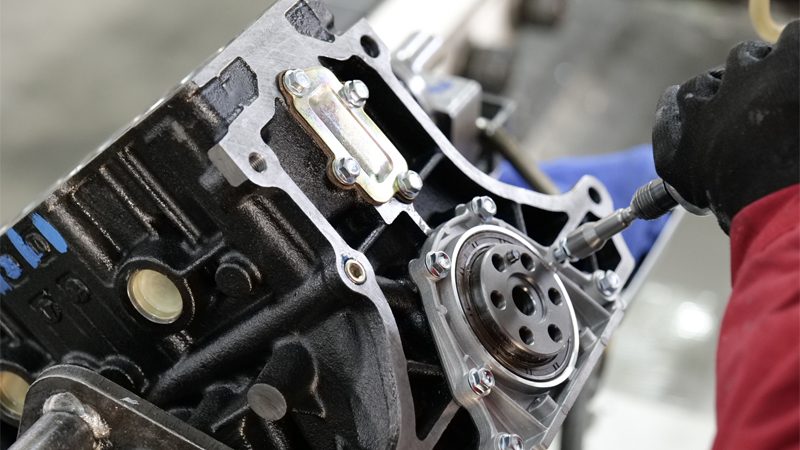
B2B Automotive Solutions
The trend of engine downsizing significantly affects B2B buyers, particularly fleet operators, logistics companies, and commercial vehicle purchasers since all of these numerous potential problems are multiplied by the size of one’s fleet.
Indeed, tiny turbocharged engines offer better fuel efficiency and lower emissions, helping businesses meet sustainability goals and reduce operational expenses. However, concerns over durability, maintenance costs, and real-world performance must be carefully evaluated when selecting downsized engines for high-mileage applications.
Companies can also benefit from various tax incentives and grants because many governments around the world help businesses wanting to transition toward cleaner means of transportation.
All in all, even though there are many benefits to speak of, no one can deny the sheer increase in complexity that comes with downsized and hybridized forced induction engines.
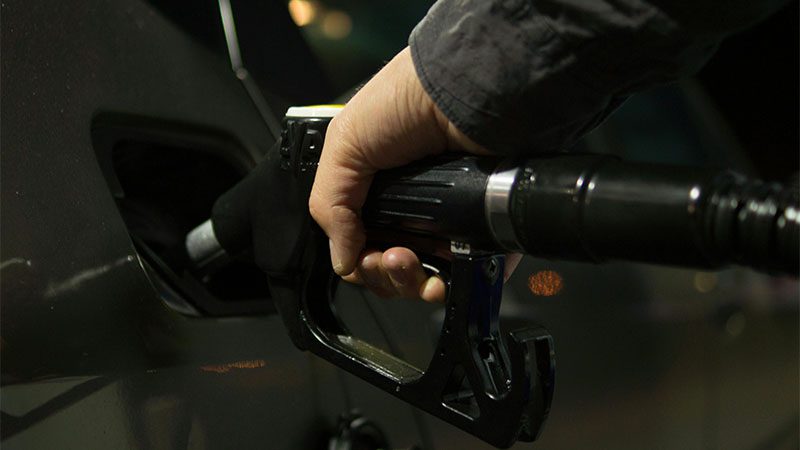
Cost-Benefit Analysis of Engine Downsizing
A thorough and detailed cost-benefit analysis is vital for B2B buyers to assess the economic impact of adopting downsized engines across their fleets. If one has the capacity and infrastructure to sustain the transition, the cost-benefit analysis is likely to be favorable.
Known benefits include lower fuel consumption, block tax incentives, grants, and reduced emissions-related costs. However, potential drawbacks like increased maintenance needs, shorter engine lifespan, and potential performance compromises in certain situations must also be factored in.
Presenting a comprehensive analysis allows businesses to make informed decisions based on long-term financial and operational considerations. One also needs to take into account that some mechanics and repair professionals (maybe the ones you use) aren’t used to working with engines of such complexity, so be sure to keep that in mind.
Overall, it’s highly recommended to do extensive analysis tests when attempting to reach a sound conclusion.
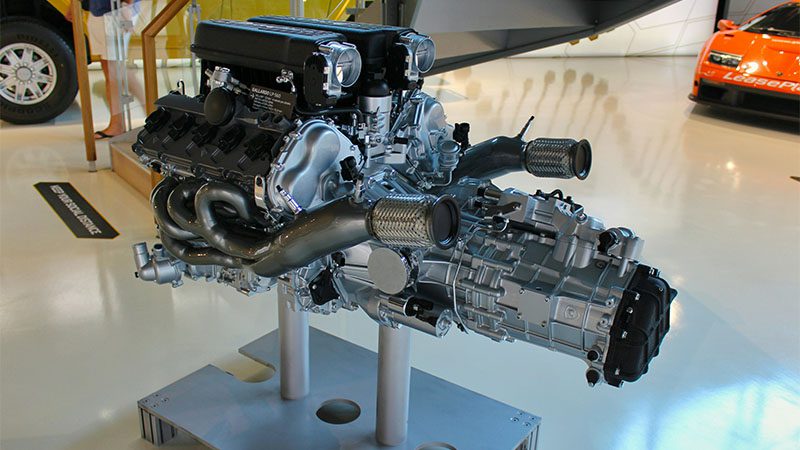
Final Thoughts on Engine Downsizing
By now, you should have a clear understanding of engine downsizing and its impact on performance, reliability, maintenance, and longevity.
While modern downsized engines offer significant benefits, including improved efficiency and lower emissions, they also come with challenges that can influence purchasing decisions. The automotive industry is evolving rapidly, making the reliability and longevity of mechanical components more crucial than ever.
This is why having a trustworthy supplier of high-quality automotive parts is essential. Nanjing Woda Auto Technology Co., Ltd has been a leading name in the industry for 25 years, providing premium engine, ignition, electrical, exhaust, suspension, and steering system components.
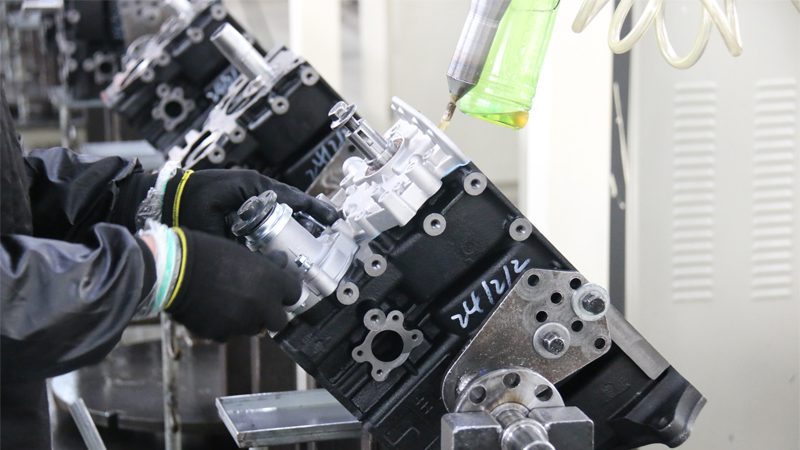
With a global presence in over 100 countries, competitive pricing, and a dedicated support team, we ensure reliable solutions tailored to your needs.
Looking for reliable engine parts that can withstand the pressure of modern downsized engines? Explore our product catalog or contact our team for tailored solutions. Let Nanjing Woda Auto Technology Co., Ltd be your trusted partner in high-performance automotive solutions.





